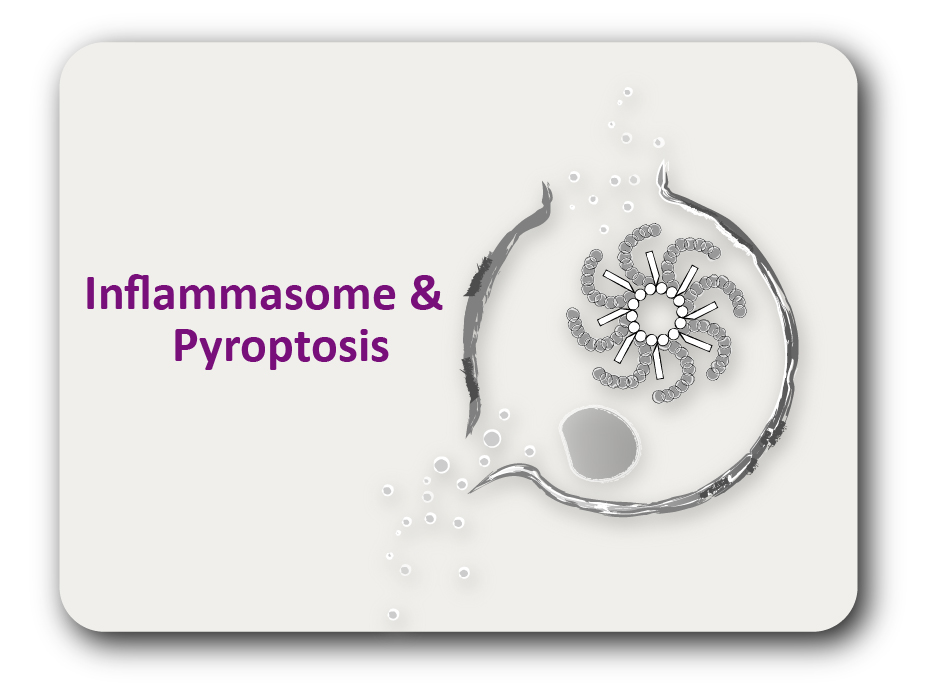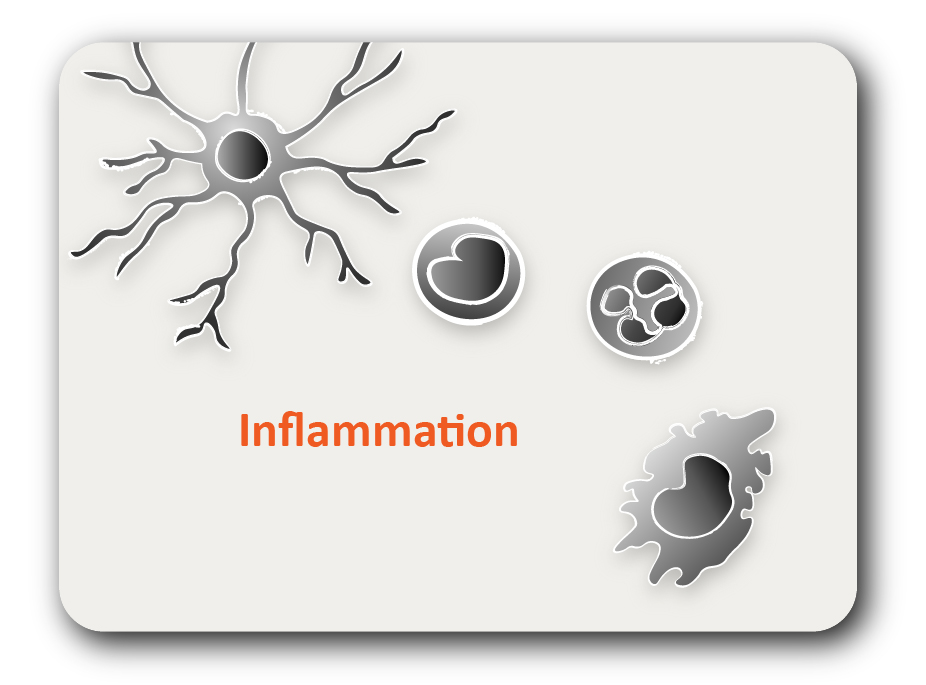ARG10008
anti-CCL2 / MCP1 antibody [S14]
anti-CCL2 / MCP1 antibody [S14] for ELISA,Neutralizing,Western blot and Human
Cancer antibody; Cell Biology and Cellular Response antibody; Immune System antibody; Metabolism antibody
概述
| 产品描述 | Mouse Monoclonal antibody [S14] recognizes CCL2 / MCP1 |
|---|---|
| 反应物种 | Hu |
| 应用 | ELISA, Neut, WB |
| 特异性 | Does not react with human interleukin-8 (IL-8) and other human cytokines tested such as interleukin-1β (IL-1β), serum amyloid A (SAA) and epidermal growth factor (EGF). |
| 宿主 | Mouse |
| 克隆 | Monoclonal |
| 克隆号 | S14 |
| 同位型 | IgG1, kappa |
| 靶点名称 | CCL2 / MCP1 |
| 抗原物种 | Human |
| 抗原 | Purified recombinant Human CCL2 / MCP1. |
| 偶联标记 | Un-conjugated |
| 別名 | MCP1; Monocyte chemotactic and activating factor; MCAF; Monocyte chemotactic protein 1; Monocyte secretory protein JE; HSMCR30; Small-inducible cytokine A2; HC11; SMC-CF; GDCF-2; SCYA2; C-C motif chemokine 2; Monocyte chemoattractant protein 1; MCP-1 |
应用说明
| 应用说明 | ELISA: This antibody can be used as a capture antibody in sandwich ELISA for human MCP-1 detection in combination with a monoclonal tracer/detection antibody (HRP-conjugated, Cat. No.: ARG10196). Approximately 1.5 pg/mL of MCP-1 in serum/plasma or 4pg/mL of MCP-1 in medium can be detected with an assay range of 0-1600pg/mL. Neutralizing: The antibody (clone S14) at a concentration of 0.5μg/mL, neutralized 1nM recombinant human MCP-1 induced monocyte chemotaxis in blind well chemotaxis chambers. It was also found that S-14 could inhibit the activity of native MCP-1 at concentrations similar to inhibitory doses for recombinant MCP-1. Western Blot: 0.1 μg/lane of recombinant human MCP-1 can be detected when antibody is used at 0.1-1μg/mL. * The dilutions indicate recommended starting dilutions and the optimal dilutions or concentrations should be determined by the scientist. |
|---|
属性
| 形式 | Liquid |
|---|---|
| 纯化 | Protein G affinity purified |
| 缓冲液 | 0.01M PBS (pH 7.2) |
| 浓度 | 1 mg/ml |
| 存放说明 | For continuous use, store undiluted antibody at 2-8°C for up to a week. For long-term storage, aliquot and store at -20°C or below. Storage in frost free freezers is not recommended. Avoid repeated freeze/thaw cycles. Suggest spin the vial prior to opening. The antibody solution should be gently mixed before use. |
| 注意事项 | For laboratory research only, not for drug, diagnostic or other use. |
生物信息
| 数据库连接 | |
|---|---|
| 基因名称 | CCL2 |
| 全名 | chemokine (C-C motif) ligand 2 |
| 背景介绍 | Monocyte chemotactic and activating factor (MCAF) is also called monocyte chemotactic protein-1 (MCP-1) and chemokine (C-C motif) ligand 2 (CCL2). It is primarily secreted by monocytes, macrophages and dendritic cells. This cytokine displays chemotactic activity for monocytes, T-cells, and basophils, but not for neutrophils or eosinophils. MCAF causes the degranulation of basophils and mast cells, and augments the activity of monocyte and macrophage. MCAF plays an important role in inflammation, angiogenesis, auto-immune diseases, renal diseases, chronic infection and granuloma formation. |
| 生物功能 | Chemotactic factor that attracts monocytes and basophils but not neutrophils or eosinophils. Augments monocyte anti-tumor activity. Has been implicated in the pathogenesis of diseases characterized by monocytic infiltrates, like psoriasis, rheumatoid arthritis or atherosclerosis. May be involved in the recruitment of monocytes into the arterial wall during the disease process of atherosclerosis. [UniProt] |
| 产品亮点 | Related Antibody Duos and Panels: ARG30071 MCP1 ELISA Antibody Duo Related products: MCP1 antibodies; MCP1 ELISA Kits; MCP1 Duos / Panels; Anti-Mouse IgG secondary antibodies; Related news: HMGB1 in inflammation Inflammatory Cytokines |
| 研究领域 | Cancer antibody; Cell Biology and Cellular Response antibody; Immune System antibody; Metabolism antibody |
| 预测分子量 | 11 kDa |
| 翻译后修饰 | Processing at the N-terminus can regulate receptor and target cell selectivity. Deletion of the N-terminal residue converts it from an activator of basophil to an eosinophil chemoattractant. |







